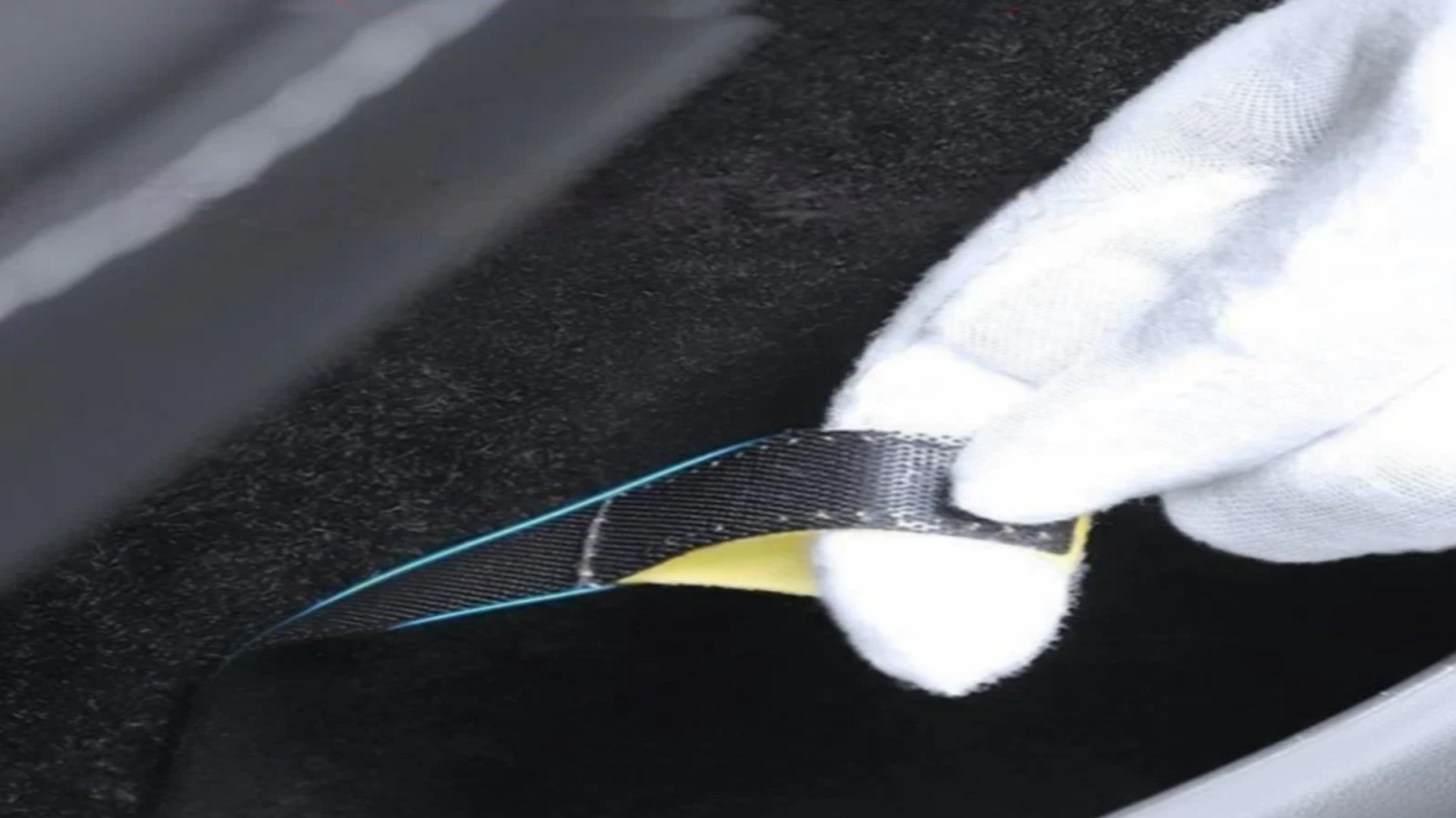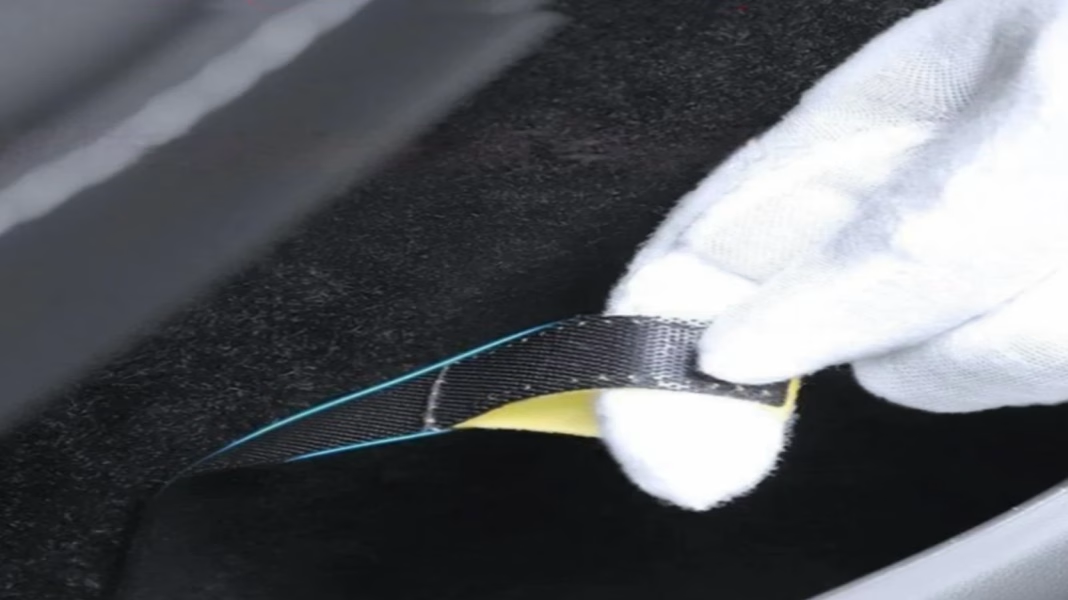If you’ve ever hopped into a Tesla and spotted a cord near the door handle, you might have wondered what it’s doing there. It’s not a factory feature or some quirky accessory; it’s something many owners have added themselves. And the reason behind it is a bit unsettling.
Why Are Tesla Owners Adding Emergency Cords?
The addition of these cords stems from a growing concern among Tesla owners regarding the vehicle’s locking mechanisms and the potential for being trapped inside during emergencies. While Teslas are celebrated for their innovative technology and safety features, a few incidents have raised alarms. In rare cases, the electronic locks can malfunction, leaving passengers unable to exit the vehicle, especially in situations where quick escape is crucial—like a fire or an accident.
Imagine being in a scenario where every second counts, and the door won’t budge. It’s a nightmare that no one wants to face. To counter this fear, some Tesla owners have taken matters into their own hands by installing these emergency rip cords. The idea is simple: if the electronic locks fail, pulling the cord will manually disengage the lock, allowing passengers to escape.
Real-World Examples of the Concern
There have been reports of Tesla owners experiencing issues with their door locks. In one instance, a driver found themselves unable to exit the vehicle after a minor accident, prompting them to seek help from emergency responders. While such cases are not the norm, they highlight a vulnerability that many owners feel is worth addressing.
Moreover, the electric vehicle (EV) industry as a whole is still relatively new, and with any new technology, there are bound to be growing pains. As more people transition to EVs, the conversation around safety features and emergency protocols becomes increasingly important.
What Do Experts Say?
Experts in automotive safety emphasize that while the risk of being trapped in a Tesla is low, it’s not nonexistent. They recommend that all car owners familiarize themselves with their vehicle’s emergency features, including how to manually unlock doors if necessary. For Tesla owners, this could mean understanding the manual release mechanism or, in some cases, considering the installation of these cords as a precautionary measure.
Additionally, Tesla has made strides in improving their software and hardware to enhance safety features, including door locking mechanisms. Regular software updates often include fixes and improvements, so staying informed about these updates can help alleviate some concerns.
Is the Cord a Practical Solution?
While the emergency cord might seem like a practical solution, it’s essential to weigh the pros and cons. On one hand, it provides peace of mind for those worried about being trapped. On the other, it could potentially create confusion for passengers unfamiliar with the setup. Clear communication about the cord’s purpose and how to use it is crucial for ensuring everyone knows what to do in an emergency.
The big takeaway? Adding an emergency cord isn’t about perfection—it’s about smarter adjustments. If you’re a Tesla owner, consider whether this modification aligns with your comfort level regarding vehicle safety. Start with one change this week, and you’ll likely spot the difference in your peace of mind by month’s end.


